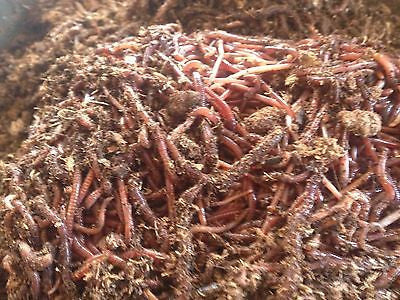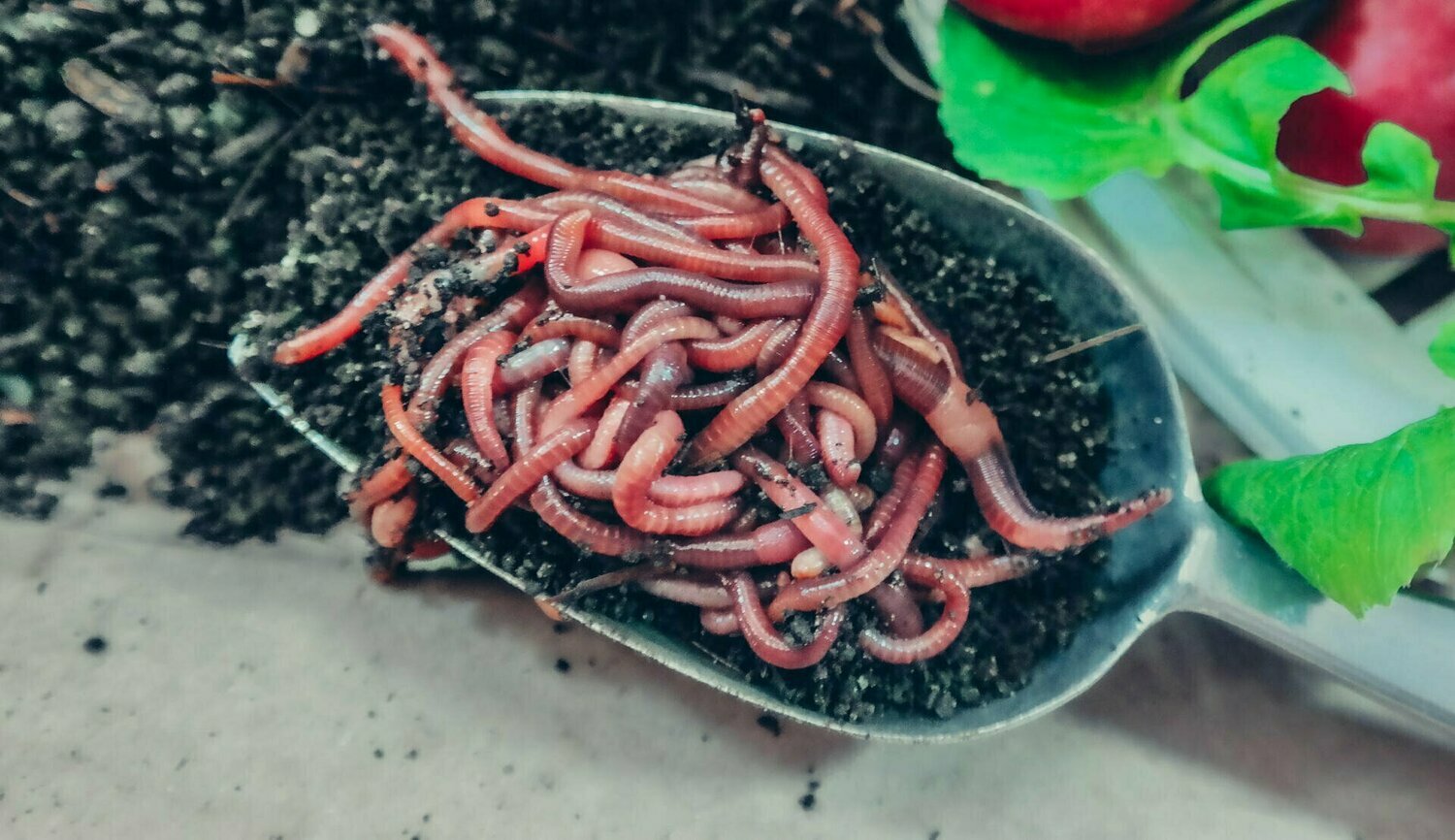How Red Wigglers Can Reinvent Your Home Composting System
The assimilation of red wigglers into home composting systems presents a standard shift in waste monitoring and soil enhancement. These worms, recognized for their efficiency in damaging down organic materials, not only expedite disintegration yet likewise enrich the resulting garden compost with vital nutrients.

Comprehending Red Wigglers
(red worms for composting)
Comprehending the function of red wigglers in composting is necessary for optimizing the advantages of this eco-friendly practice. Red wigglers, scientifically called Eisenia fetida, are a species of earthworm specifically preferred for vermicomposting due to their impressive capability to process organic waste effectively. These worms thrive in decomposing raw material, actively eating kitchen scraps, backyard waste, and other naturally degradable materials.
Unique from other earthworm types, red wigglers prefer a wet, abundant atmosphere, which makes them excellent for compost bins. They duplicate quickly, doubling their populace in a matter of weeks under optimal conditions. This respected reproduction adds to the velocity of the composting process, enhancing the malfunction of natural material right into nutrient-rich vermicompost.
In addition, red wigglers can take in as much as half their body weight in raw material daily, effectively lowering waste volume and expediting decay. Their digestive system procedure not only transforms waste into functional compost however likewise contributes helpful microbes, further enhancing the resulting product. Recognizing these attributes of red wigglers is essential for any person seeking to execute an effective home composting system, making sure a sustainable method to waste monitoring.
Advantages of Vermicomposting
Vermicomposting supplies a plethora of advantages that make it an appealing choice for home gardeners and ecologically aware individuals. Among one of the most considerable benefits is its capacity to successfully transform kitchen area scraps and natural waste into nutrient-rich compost, improving soil wellness and promoting plant development. The resulting vermicompost is rich in necessary nutrients, consisting of nitrogen, phosphorus, and potassium, which are vital for durable plant advancement.
In addition, vermicomposting dramatically minimizes home waste, diverting natural products from landfills and reducing methane exhausts, a potent greenhouse gas. This procedure not only reduces waste management challenges yet also sustains sustainability efforts.
Additionally, the existence of red wigglers in the composting process accelerates decomposition, causing quicker production of compost compared to standard methods. red wigglers. This rapid transformation suggests gardeners can take pleasure in a constant supply of high-quality garden compost throughout the year
Moreover, vermicomposting cultivates an interesting and educational experience for families, instructing kids about ecological stewardship and the relevance of reusing organic materials. In amount, the advantages of vermicomposting prolong beyond plain compost manufacturing, adding to healthier gardens and a more lasting way of life.

Setting Up Your Worm Bin
Creating a worm bin is a straightforward procedure that can dramatically boost your composting initiatives. To start, select a proper container, which can vary from a plastic container to a wood box. Make sure that the container has appropriate air flow by piercing tiny holes in the cover and sides. This will certainly enable airflow, crucial for the well-being of your red wigglers.
(red wiggler worms near me)
Following, prepare the bed linens material, which serves as a habitat for the worms. A combination of shredded paper, cardboard, and coconut coir is suitable, as it maintains dampness and provides a comfortable environment. Objective for a bedding depth of regarding six inches.
As soon as the bed linens remains in red wigglers area, moisten it lightly to produce a moist however not wet atmosphere. Present your red wigglers, commonly around one pound for a typical container. The worms will certainly accustom to their new home and begin refining organic waste.
Maintaining a Healthy Worm Ecosystem
To keep your red wigglers prospering, it's important to check and maintain a well balanced ecosystem within your worm bin. This entails meticulously handling moisture degrees, which must be maintained at around 70-80%. As well much dampness can lead to anaerobic conditions, while inadequate moisture can create the worms to dry.
Additionally, giving appropriate aeration is critical. Routinely transforming the compost aids to introduce oxygen, which sustains the worms' health and wellness and advertises effective decomposition. It's likewise essential to keep a proper temperature level range, ideally in between 55 ° F and 77 ° F. Extreme temperatures can worry or also eliminate the worms.
Feeding your red wigglers a balanced diet promotes their health. They grow on a range of natural materials, including veggie scraps, coffee premises, and shredded paper. Avoid adding citrus peels, meat, or dairy products, as these can interfere with the environment and draw in pests.
Finally, monitoring the pH degree is crucial. Red wigglers like a somewhat acidic to neutral pH (around 6.0 to 7.0) Frequently inspecting these parameters will certainly aid make sure a healthy and balanced setting for your worms, ultimately resulting in an effective composting system.
Harvesting and Making Use Of Worm Castings
Harvesting worm spreadings is a fulfilling process that enhances your yard and boosts dirt health. Worm castings, also called vermicompost, are nutrient-rich natural plant foods produced by red wigglers during the composting process. To gather, enable the worms to damage down the natural issue for numerous months, making sure that the product is dark, brittle, and has an earthy odor.
There are numerous methods to gather castings. One typical strategy is the "movement" method, where you push the completed garden compost to one side of the container and add fresh bed linens and food to the opposite. The worms will move to the new food source, enabling you to quickly gather the castings from the original side. You can use a display or filter to divide the worms from the castings, although this approach may be much more labor-intensive.
When gathered, worm castings can be used directly to garden beds, used as a soil modification, or brewed into a nutrient-rich fluid plant food. Incorporating worm spreadings right into your gardening routine not only boosts plant development however additionally boosts soil structure and microbial task, making it an important component for sustainable horticulture methods.
Conclusion
In conclusion, red wigglers stand for a transformative remedy for home composting systems. red wigglers. The integration of red wigglers right into composting techniques provides a useful strategy to waste administration and ecological stewardship.